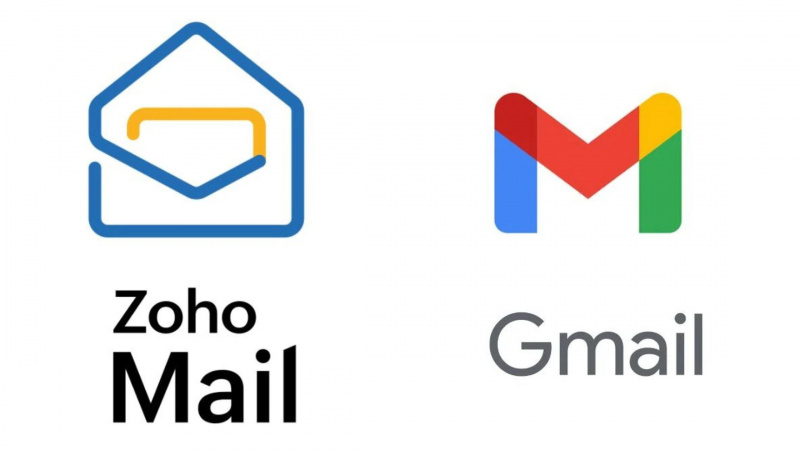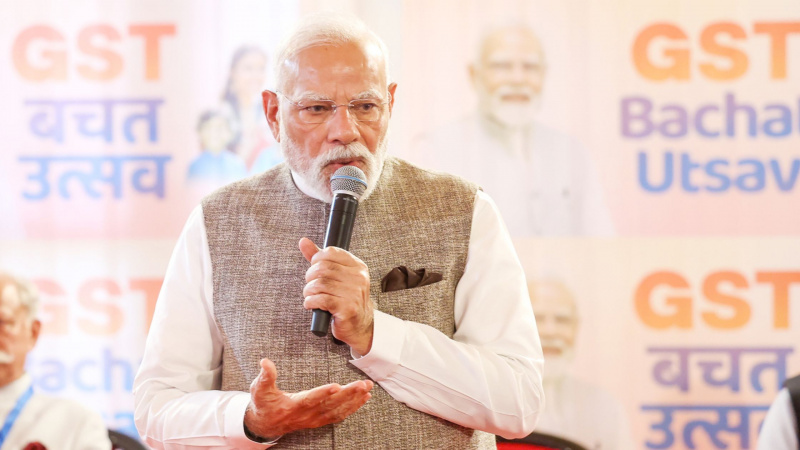Digital payments to become flawless, innovation on Aadhar-Based Payments to make a big difference!
To tackle the cash crunch, the transition phase from cash to no cash made companies like Paytm, Freecharge, Mobikwik, etc. to grow exponentially. Everyone has
- by B2B Desk 2017-01-19 11:19:24
Demonetisation acted as a major facilitator in making India a cashless economy. With so much already going on, one major step was with the government facilitating Aadhar number to enable all major to minor financial digital transactions. Though we want to make India completely cashless, but still a lot of people fear sharing their card and pin details online. With Aadhar number becoming the ultimate authorization source, the users will be able to transact digitally through fingerprint or iris authentication.
To tackle the cash crunch, the transition phase from cash to no cash made companies like Paytm, Freecharge, Mobikwik, etc. to grow exponentially. Everyone has started using plastic money more than ever. Paytm is now a name that has become a synonym to cash. From a small food stall to big shopping counters, Paytm is accepted and promoted everywhere. For travelling, the tech savvy generation started using ‘Ola money’ as a replacement of cash. In addition to it, the extra benefits like cash-backs, free rides, movie tickets, etc acted as added advantages of using the platforms. The government at various levels is working on developing a common mobile phone app that can be used by shopkeepers and merchants for receiving Aadhar-enabled payments. This will bypass the credit and debit cards, pin and even the passwords. The user will just have to authenticate his/her bio-metrics to enable an Aadhar-enabled payment. Even in the BHIM app that has been launched by the PM, if the 12-digit Aadhar is listed as a payment ID on the app, there is no need of any bio-metric authentication or prior registration with the bank or Unified Payment Interface (UPI). In fact, all the banking facilities starting from funds transfer, balance inquiry, cash deposits, withdrawals, inter-banking transactions can be quickly done by linking the Aadhar number with the bank accounts. As on date, the unique identification number is very well accepted globally and innovations around strengthening the digital payments based on the same, will end up all the chaos. With just a flick of your thumb, your digital payment will be done. We are sure that we cannot imagine a safer way of digitising.
All these initiatives are in sync to make India a technologically empowered society. The Aadhar-based payment system runs on the existing Aadhar infrastructure through which a person’s bio-metrics are used to authenticate the user. Once authenticated, the user can transfer funds directly from one bank account to another without going through a mobile wallet or a card. There is also a dark side to it. We have had a lot of issues around the security of payment systems in India. There are possibilities of transaction failures due to a bio-metric mismatch. Errors like a data mismatch from the existing database have been found. The concerns over the potential misuse of bio-metric data is another major concern. The government needs to be very stringent with the laws to deal with any discrepancies in the biometrically-authenticated mobile payment system. A strong data security law will be able to make our dream of a cashless economy become true.
POPULAR POSTS
The Agentic Revolution: Why Salesforce Is Betting Its Future on AI Agents
by Shan, 2025-11-05 10:29:23
OpenAI Offers ChatGPT Go Free in India: What’s Behind This Big AI Giveaway?
by Shan, 2025-10-28 12:19:11
Zoho Products: Complete List, Launch Years, and What Each One Does
by Shan, 2025-10-13 12:11:43
Arattai vs WhatsApp: Which Messaging App Should You Choose in 2025?
by Shan, 2025-10-10 11:55:06
Top Buy Now Pay Later (BNPL) Apps for Easy Shopping in 2025
by Shan, 2025-09-22 10:56:23
iPhone 17 Sale in India Begins: Full Price List, Launch Offers and Store Availability
by Shan, 2025-09-19 12:00:45
Apple September 2025 Event Recap: iPhone 17, iPhone Air, Apple Watch Series 11, and India Pricing Revealed
by Shan, 2025-09-10 09:55:45
RECENTLY PUBLISHED

Loan EMIs to Drop as RBI Slashes Repo Rate - Full MPC December 2025 Highlights
- by Shan, 2025-12-05 11:49:44

Pine Labs IPO 2025: Listing Date, Grey Market Premium, and Expert Outlook
- by Shan, 2025-11-05 09:57:07

Top 10 Insurance Companies in India 2026: Life, Health, and General Insurance Leaders Explained
- by Shan, 2025-10-30 10:06:42

Best Silver Investment Platforms for 2025: From CFDs to Digital Vaults Explained
- by Shan, 2025-10-23 12:22:46

Zoho Mail vs Gmail (2025): Which Email Platform Is Best for Businesses, Startups, and Students?
- by Shan, 2025-10-09 12:17:26

PM Modi Launches GST Bachat Utsav: Lower Taxes, More Savings for Every Indian Household
- by Shan, 2025-09-24 12:20:59




 Subscribe now
Subscribe now 